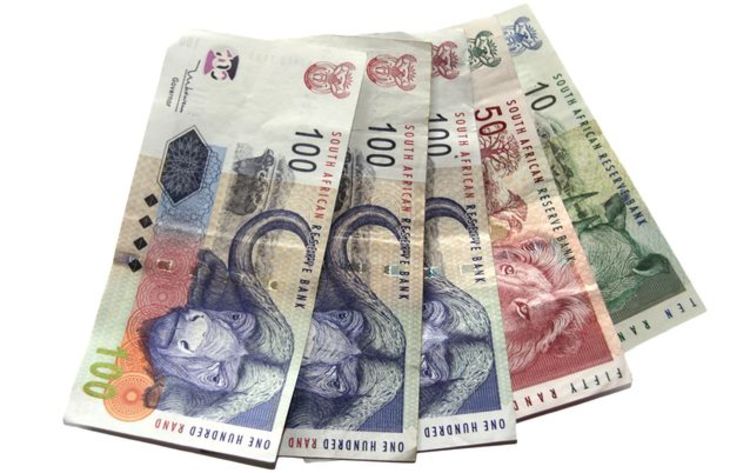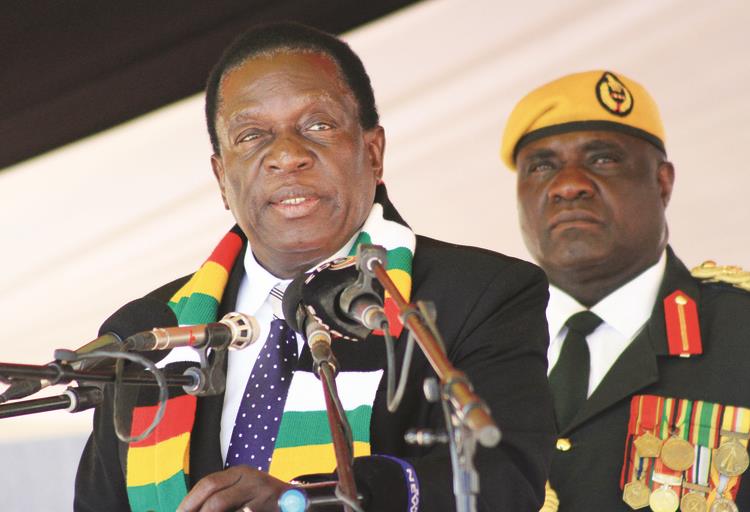Rand sell-off intensifies

The sell-off in the rand and emerging market (EM) currencies intensified amid concerns that EMs will be faced with higher US borrowing costs, Mehul Daya and Walter de Wet of Nedbank’s Corporate and Investment Banking (CIB) unit said yesterday.
It said this takes place against the backdrop of the Federal Open Market Committee (FOMC) of the US Federal Reserve looking set to raise interest rates to 2 percent this week.
“The US economy is powering ahead leading to the US Federal Reserve continuing with that path of hiking interest rates and reversing quantitative easing measures,” according to Nedbank.
“In response some EM central banks – for instance India, Indonesia and Brazil – urged the Federal Reserve to consider that tightening monetary conditions at a too rapid pace may lead to a dollar shortage and a stronger US dollar. This will not bode well for emerging markets.”
In the view of the unit, one needs to keep an eye on South Africa’s current account data for the first quarter of 2018, to be released on June 21.
“Local data has disappointed in recent weeks. Most notable was the gross domestic product (GDP) for the first quarter of 2018, which contracted -2,2 percent (quarter-on-quarter),” Nedbank’s CIB research unit said.
It is of the opinion that the wider-than-expected current account print may well carry more negative weight within forex markets than would have been the case otherwise. The unit also pointed out that recent rand weakness should see the value of exports rise throughout the rest of 2018.
“From a technical perspective, we recommend keeping an eye on the dollar/rand resistance level of R12,90/dollar and support of R13,58/dollar,” the unit said.
The Nedbank CIB research unit maintains its year-end target of close to the 13,10/$ level.
“The rand has reached our year-end target faster than expected. The rapid weakness in the rand potentially looks like an overshoot, hence we are cognisant not to extrapolate current weakness too far into the future,” commented the Nedbank unit.
“As a result, our forecast for the rand remains R13,10/dollar by year-end.”
Andre Botha, senior currency dealer at TreasuryONE, said yesterday that it is hard to find the true nature of rand weakness.
“The latest rand move can’t be solely attributed to the lousy GDP print that we saw last week. Looking at our EM peers, we have seen them strengthening on the back of, in the case of the lira, the central bank raising interest rates by 150 basis points, and in the case of Brazil, the central bank stating that it would intervene after the real sank to its lowest level against the dollar in nearly two years,” said Botha.
“Looking at the market, there was not a run to safe havens such as gold,” he added.
Botha said investors could merely be positioning themselves for the week ahead, during which it is expected that the FOMC will hike interest rates in the US.
“We have seen the euro rallying hard and that is undoubtedly the market front-running the European Central Bank (ECB) meeting this week, where Mario Draghi is expected to announce their quantitative easing taper strategy,” commented Botha.
“Over the weekend we have seen US President Donald Trump standing firm on trade tariffs at the G7 summit, which has brought trade tariffs to the fore again. Tomorrow will see the US president meeting the North Korean leader . . . with Trump anything is possible, and (there will be) more than one eye on the market.”
In his view, the two definite market-moving events this week are the FOMC and ECB meetings. He expects reaction to these two events will be paramount in the direction the currency will take, to indicate whether rand weakness has “some more legs” or whether the move was overdone. Then one could see EMs clawing back some losses.
According to FNB senior economic analyst Jason Muscat, the rand for the most part is caught up in the general EM currency sell-off, which stems primarily from fears around a looming trade war.
“Not only that, but the US Fed is poised to hike rates on Wednesday while we also have the ECB and Bank of Japan meetings at the end of the week,” Muscat told Fin24 yesterday.
“Emerging markets such as India and Turkey have hiked interest rates in order to stem some of the currency losses, and the big swing in the rand is perhaps a reflection of SA not doing the same.”
He thinks the market is also starting to grapple with the idea that the quarterly bulletin next week is probably going to show a meaningful widening of the current account deficit, which always adds to rand weakness. — FIN24.










Comments